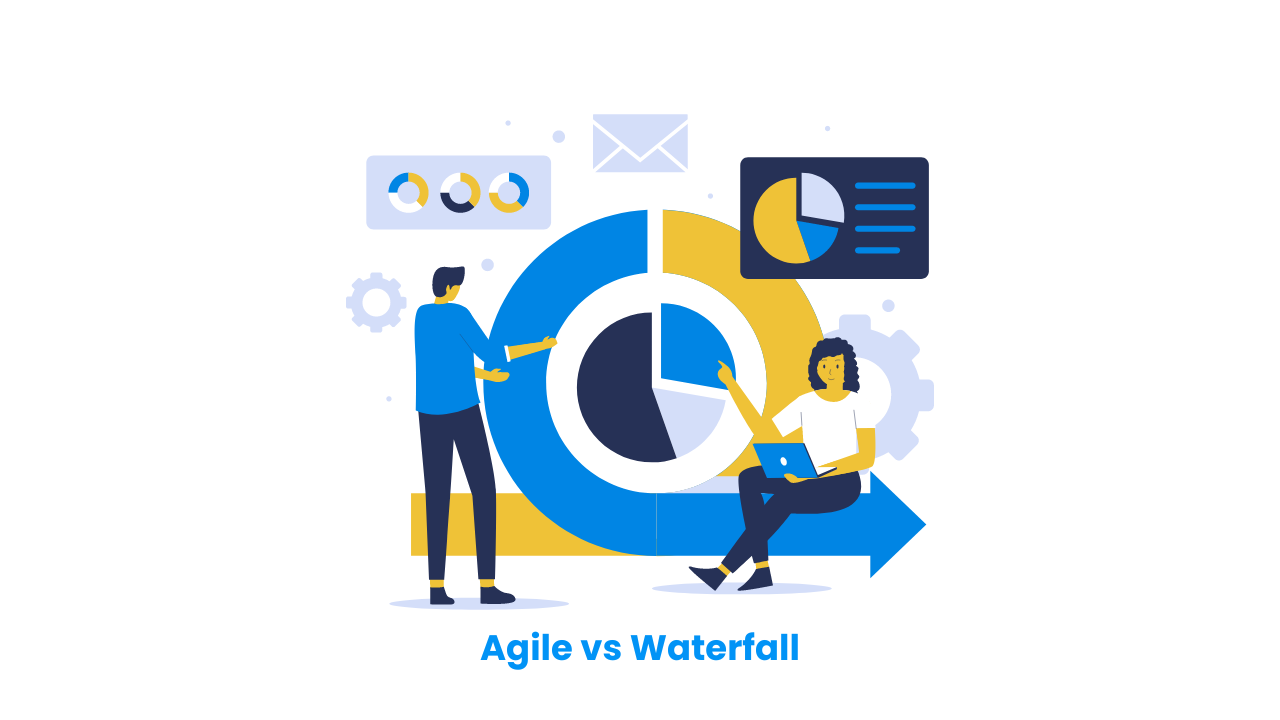
Agile vs Waterfall: How the Two Methodologies Impact Project Success
- September 16, 2024
- by
- tehreem
When managing projects, one of the most significant decisions you’ll make is choosing the right methodology. The choice often comes down to two dominant frameworks: Agile vs Waterfall. Both methodologies have been around for years and are proven to help teams deliver successful projects. However, the success of a project largely depends on selecting the right approach for your specific goals. With businesses increasingly leaning towards project efficiency, flexibility, and faster delivery, this choice is more critical than ever. So, which one is right for your project: Agile or Waterfall?
In this article, we will explore the core differences between Agile and Waterfall methodologies and how they impact project success. By understanding their strengths and limitations, you’ll be better equipped to choose the right framework for your next project.
Understanding the Waterfall Methodology
The Waterfall methodology, introduced in the 1970s, follows a linear and sequential approach to project management. It’s called “Waterfall” because each phase cascades into the next, much like water flowing down a waterfall. The phases—requirement gathering, design, implementation, testing, and deployment—are completed one after another. There is minimal room for revisiting or revising previous phases, making this a rigid and structured approach.
Industries such as construction, manufacturing, and aerospace, where clear, unchanging requirements are essential, favor the Waterfall approach. According to a report by the Project Management Institute (PMI), about 51% of projects that involve government or defense industries still use Waterfall due to the predictability it offers.
Understanding the Agile Methodology
Agile methodology emerged in the early 2000s as a response to the need for flexibility in project management. Instead of following a rigid sequence, Agile emphasizes iterative development, collaboration, and flexibility. Agile projects are broken down into smaller segments known as “sprints,” typically lasting 2-4 weeks. This approach allows teams to gather feedback and make adjustments throughout the project, resulting in a product that better meets the customer’s needs.
Agile is widely used in software development and tech sectors, where requirements change frequently. According to the 15th Annual State of Agile Report, 95% of companies in tech use some form of Agile for their projects.
Key Differences Between Agile and Waterfall
When comparing Agile vs Waterfall, it’s essential to understand how each impacts project success differently. Let’s break down the core differences:
- Flexibility: Agile thrives on flexibility. If project requirements evolve, Agile allows teams to pivot quickly. On the other hand, Waterfall is a linear process, where changes are costly and difficult to implement once a phase is completed.
- Project Scope: In Agile, the project scope is flexible and can evolve based on customer feedback. Waterfall, in contrast, has a fixed scope defined at the beginning.
- Client Involvement: Agile involves clients throughout the project, allowing regular feedback after each sprint. Waterfall tends to keep client involvement at the beginning and end, making it less collaborative.
- Timeline and Cost Predictability: Waterfall provides more predictable timelines and costs since everything is planned out in advance. Agile is less predictable, as the project scope can change throughout.
| Feature | Agile | Waterfall |
| Flexibility | High | Low |
| Client Involvement | Continuous | Limited |
| Timeline | Flexible, adaptive | Fixed |
| Cost | Varies based on project scope | Predictable |
How Agile Impacts Project Success
Agile’s adaptability makes it a powerful tool for driving project success, especially in industries like tech where requirements are dynamic. Here’s how Agile directly impacts success:
- Faster Iterations and Continuous Delivery: Agile teams can release portions of the product early, allowing them to test functionality and gather feedback continuously. This iterative approach helps identify issues early, reducing the chances of failure. According to the 2021 Standish Group Chaos Report, Agile projects are three times more successful than Waterfall in software development.
- Higher Customer Satisfaction: Because Agile integrates customer feedback at every sprint, the final product is more aligned with customer needs. The product is adjusted throughout the process, ensuring a higher satisfaction rate.
- Better Collaboration: Agile fosters a collaborative environment where developers, testers, and customers work together, improving team efficiency and communication. It’s no wonder why 78% of Agile teams report improved productivity.
- Best for Complex Projects: Agile’s iterative nature makes it ideal for projects with many unknowns or where the scope is expected to evolve. Whether you’re developing an app or creating software, Agile ensures you’re ready to adapt to changes.
How Waterfall Impacts Project Success
Waterfall may be considered old-fashioned, but it’s still highly effective for certain types of projects. Here’s how Waterfall contributes to project success:
- Predictable Outcomes: Since all phases are completed sequentially, Waterfall allows project managers to predict timelines, budgets, and deliverables more accurately. According to the Project Management Institute, projects with fixed, well-defined requirements are completed 24% faster using Waterfall than Agile.
- Better for Fixed Requirements: If your project has clear, unchanging requirements (like construction or manufacturing), Waterfall can be more effective. The detailed planning phase ensures there are no surprises during execution.
- Focus on Documentation: Waterfall emphasizes documentation, which can be beneficial for long-term projects where the team changes over time. Having detailed records helps new team members quickly understand the project’s progress.
- Suitability for Traditional Industries: Industries like healthcare, construction, and aerospace, where adherence to regulatory standards is critical, still favor Waterfall due to its structured nature.
Agile vs Waterfall: Which Methodology is Better for Your Project?
When comparing Agile vs Waterfall, the best approach depends on your project’s complexity, flexibility, and client needs. If your project involves complex requirements that are likely to change, Agile offers the flexibility you need to adapt and deliver effectively. However, if you’re working in a traditional industry with fixed requirements and timelines, Waterfall may be the better choice.
For projects where both flexibility and predictability are needed, some organizations adopt a hybrid approach, combining Agile’s iterative nature with Waterfall’s structured phases. This blend provides the benefits of both methodologies, ensuring project success across different environments.
FAQs (Based on Google’s ‘People Also Ask’)
1. What is the difference between Agile and Waterfall?
Agile is a flexible, iterative approach that allows changes throughout the project, while Waterfall is a linear, sequential methodology with fixed phases and requirements.
2. Which is better: Agile or Waterfall?
It depends on the project. Agile is better for projects with evolving requirements, while Waterfall is ideal for fixed, well-defined projects.
3. Can Agile and Waterfall be used together?
Yes, many organizations adopt a hybrid model, combining Agile’s flexibility with Waterfall’s predictability.
4. Why is Agile better for project success?
Agile’s flexibility, continuous feedback loops, and collaboration make it better suited for dynamic, customer-focused projects.
In the debate of Agile vs Waterfall, there is no one-size-fits-all answer. Each methodology has its strengths, and the success of your project depends on choosing the right approach based on its complexity, requirements, and client needs. By understanding the differences and potential impacts of both Agile and Waterfall, you can ensure that your next project is set up for success.

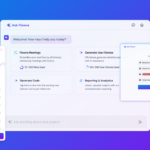
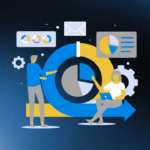

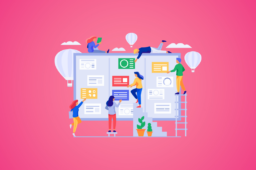
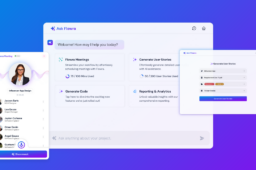
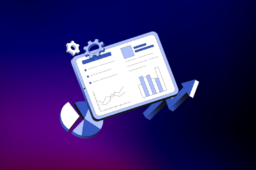
1 Comment
Why is a Minimum Viable Product (MVP) Important for Agile Business Development? - Ontezo Blogs
25th Sep 2024 - 12:11 pm[…] teams to roll out essential functionalities in short sprints. This process, fundamental to the Agile methodology, allows companies to test the waters, gain user insights, and make necessary adjustments, all while […]